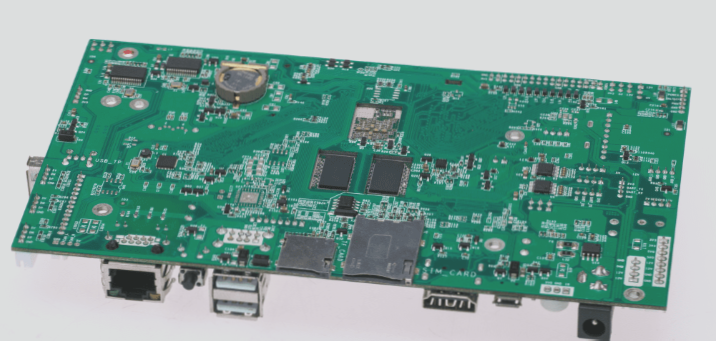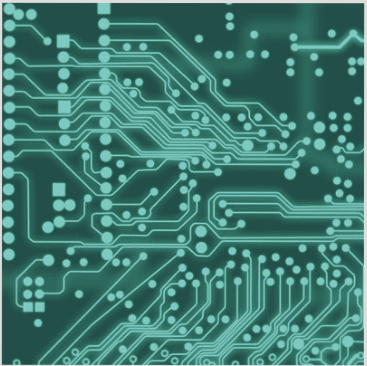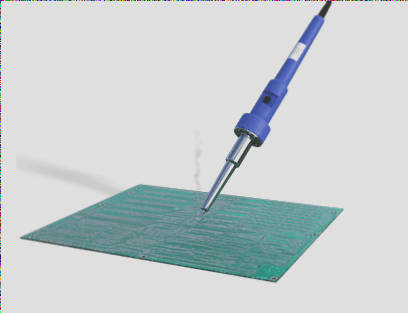Understanding Mechanical Blind Through-Hole PCBs
A mechanical blind through-hole PCB involves creating blind holes and through-holes using mechanical drilling methods. This type of PCB is widely used in various electronic applications.
Key Points of Manufacturing Process
Traditional vs. Optimized Process
- Traditional Process: Inner layer pattern transfer → Oxidation → Lamination → Drilling → PTH → Inner layer pattern transfer → Oxidation → Lamination → Drilling → PTH → Outer layer pattern transfer → Pattern plating → Etching → Subsequent processes.
- Optimized Process: Inner layer pattern transfer → Oxidation → Lamination → Drilling → PTH → Outer layer pattern transfer → Pattern plating → Etching → Subsequent processes.
Comparison Between Processes
The optimized process eliminates five steps compared to the traditional method, resulting in significant time and cost savings during production and manufacturing.
Critical Process Control and Challenges
Drilling Depth Control
Controlling the depth of drilling in a mechanical blind through-hole PCB is crucial for accuracy. The drilling depth is typically controlled by a servo motor on the Z-axis, with an accuracy tolerance of around 0.05 mm.
Challenges in Depth Tolerance
When creating blind holes, the thickness of the PCB can significantly affect depth tolerance. The presence of a thin dielectric layer between layers, sometimes as thin as 0.1 mm, makes it challenging to maintain depth tolerance within 0.05 mm. This process is best suited for applications where the dielectric layer is thicker and depth tolerance is less critical.
Drilling Depth Verification
Prior to drilling, it is essential to set the drilling depth accurately in the program. Producing a test PCB for verification helps ensure the drilling depth meets the required specifications.
Desmearing Process
Desmearing is a crucial step in the manufacturing process of mechanical blind through-hole PCBs to remove any residues or contaminants from the drilled holes, ensuring proper functionality of the PCB.
Minimizing Drilling Contamination in PCB Manufacturing
When dealing with drilling depths of 0.3–0.4 mm, contamination is usually minimal. However, in the case of mechanical blind holes spanning multiple layers, contamination from annular rings in inner layers can significantly impact the final product’s reliability. Proper attention to the desmearing process is crucial.
Desmearing Process Recommendations
For effective desmearing, it is advised to opt for horizontal desmearing to prolong treatment time and enhance agitation. This method helps eliminate microbubbles that may hinder thorough cleaning of blind holes.
Plated Through Hole (PTH) Considerations
For mechanical blind holes with an aspect ratio of around 1.2:1, utilizing a horizontal PTH electroplating line is recommended to ensure adequate liquid exchange within the holes and prevent microbubble formation. In cases where a vertical production line is used, additional agitation, reduced current density, and extended plating time are necessary to ensure proper copper plating at the hole’s base.

Conclusion: Enhancing Coating Uniformity
The design of mechanical blind holes plays a crucial role in optimizing coating uniformity. By adjusting the ratio of positive to negative current in the PTH process and fine-tuning pattern electroplating conditions, a more uniform and reliable PCB can be achieved.
If you have any inquiries about PCB or PCBA, please feel free to contact me at info@wellcircuits.com.




